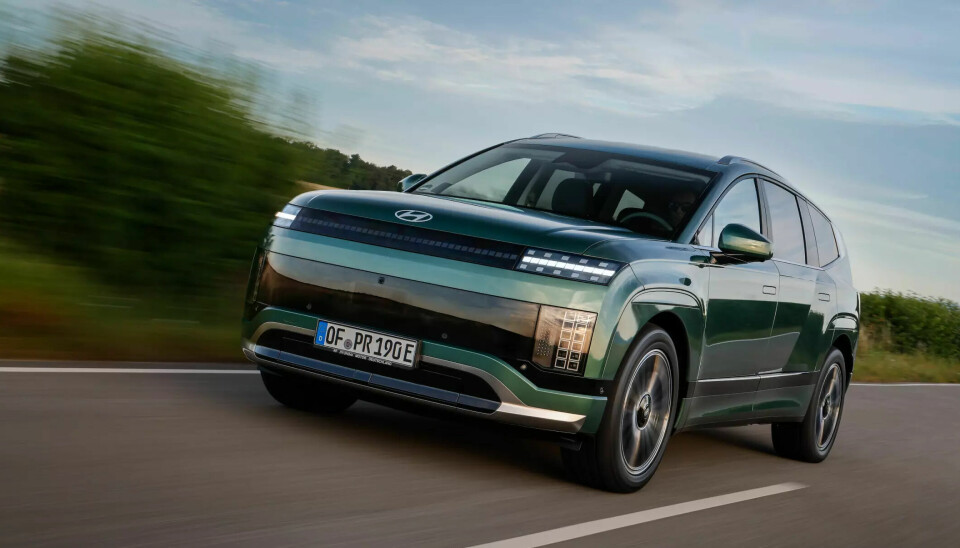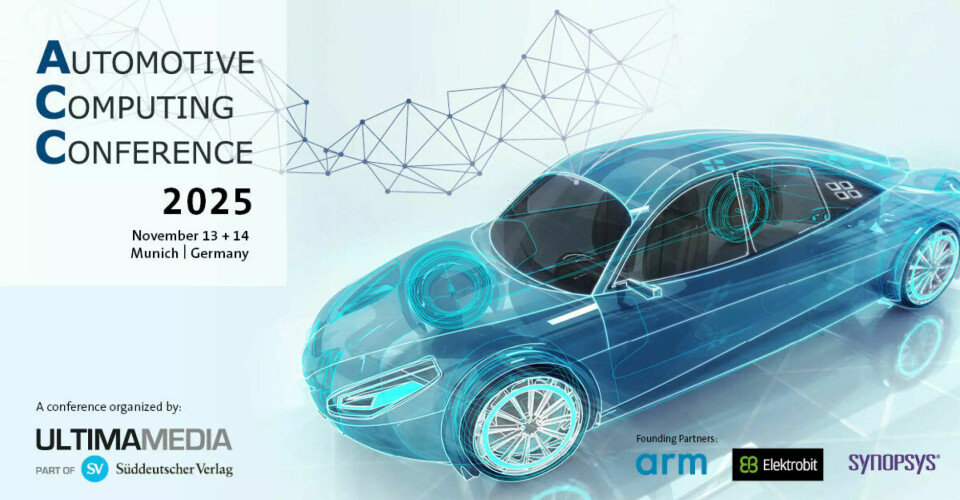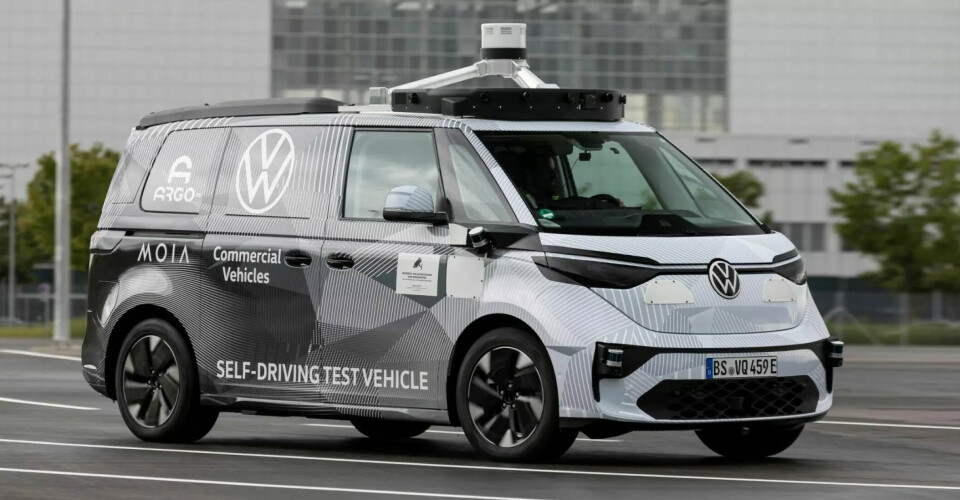Software Defined Vehicles
Digital companion
How AI becomes the link at Hyundai

The car becomes an intelligent companion. Experts discuss at the Hyundai Future Talk how artificial intelligence can make vehicles more personal, safer, and more accessible - and how technology, trust, and responsibility shape the driving of the future.
“Smartphone on wheels” - this is how the car of the future is often described. Raf van Nuffel, Vice President Product and Pricing at Hyundai Motor Europe, appreciates this metaphor. The vehicle is constantly connected, receives updates, and is becoming increasingly customisable. Nevertheless, it remains more than a digital hub: emotion, design, and safety continue to shape the character of a car.
To bridge the gap between technology and user, Hyundai relies on artificial intelligence. In the Ioniq 9, for example, an AI-supported voice assistant is integrated, which communicates naturally with drivers. Previously, commands had to be spoken exactly; today, the vehicle learns the individual speech patterns of its user. The goal is not technological gimmickry, but accessibility - AI should simplify functions, not complicate them.
From horsepower to brainpower
“We are moving from horsepower to brainpower,” says Mario Trapp, Director of Fraunhofer EKS and Professor at TU Munich. The car is becoming a software system - with all the opportunities and risks. Artificial intelligence is a central driver, but also a safety factor. Trapp speaks of “safe intelligence”: intelligent systems that are not only powerful but also reliable. If AI fails in a smartphone, it is annoying; in a car, it could be fatal. Accordingly, safety must be rethought - risks are unavoidable but controllable.
The futurist Tristan Horx views the change from a societal perspective. For many younger people, AI has long been part of everyday life. Older people often approach it with scepticism, while the younger generation pragmatically sees it as a tool that increases safety and comfort. Horx sees potential, above all, to ease everyday life. On long journeys, AI can help to use time productively or avoid fatigue. At the same time, he warns against misunderstandings in public perception: AI does not increase complexity, it reduces it for users.
AI in everyday life - controlled rather than speculative
The discussion shows that Hyundai understands artificial intelligence primarily as a practical technology. Route planning, weather integration, or finding parking spaces are considered obvious applications - controlled systems, not generative models. In a vehicle, it is not about creativity, but about reliability. Ethical questions also play a role. The classic "trolley dilemma", that is, the decision between protecting occupants or pedestrians, remains unresolved. These decisions happen in milliseconds and shift responsibility from people to system developers. Even the term "assistant" is viewed critically because it can humanise technology.
The discussion about AI in vehicles inevitably leads to the question of autonomy. Where does assistance end and self-determination begin? As soon as a system makes decisions that were previously reserved for humans, the understanding of mobility changes - and with it the cultural foundations of driving.
Autonomous driving remains a question of acceptance
In the debate about autonomous driving, there is consensus: the technology is advanced, but societal acceptance and regulation remain the biggest hurdles. Hyundai, together with Aptiv, operates the joint venture 'Motional', which tests robo-taxis in the USA and South Korea. From a technical perspective, Level 4 is already possible - what takes time is the change in minds and cultures. Trapp points out that the definition of safety is still open. The term 'sufficiently safe' has not yet been standardised, and the question of liability also remains unresolved. This uncertainty slows market entry as much as legal boundaries. Horx advocates pragmatism in this context: instead of demanding perfection, trust must be built through experience.
Cooperation as a key
With increasing connectivity, the structures of collaboration are also changing. Vehicle-to-vehicle and vehicle-to-infrastructure communication are considered the next stage of development. Their potential is great, but they require many partners.
Trapp emphasises the importance of open platforms: innovation occurs where ecosystems grow. When cities, vehicles, and services communicate via common interfaces, everyone benefits. European regulations like the AI Act or the GDPR may slow down innovation, but they build trust. Van Nuffel points to the duty of care, Horx to the opportunity to communicate data protection positively: those who understand that data helps prevent accidents are more likely to share it. In the end, the realisation is that despite all the fascination for learning systems, it is primarily about responsibility. Artificial intelligence is not an autonomous being, but a tool - dependent on the people who develop and use it.
"We do not yet fully understand what we are unleashing," says Horx. "But that is precisely why we must shape it - with measure, ethics, and the willingness to allow mistakes."
This article was first published at automotiveit.eu



